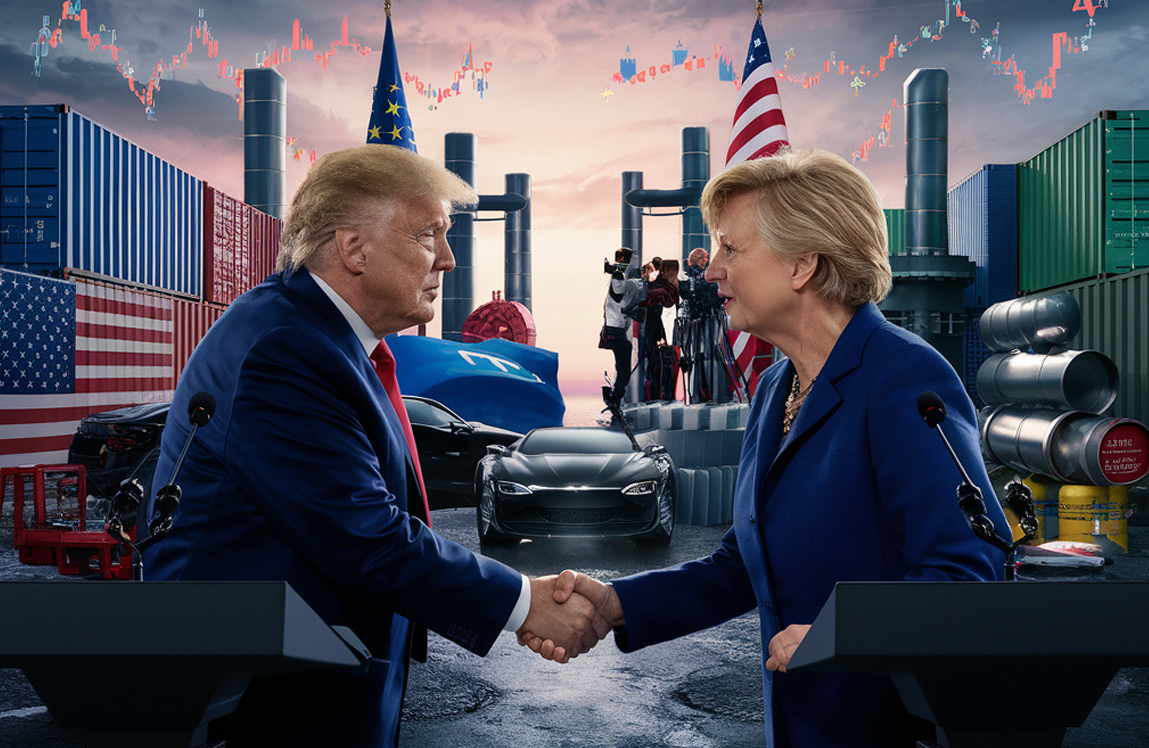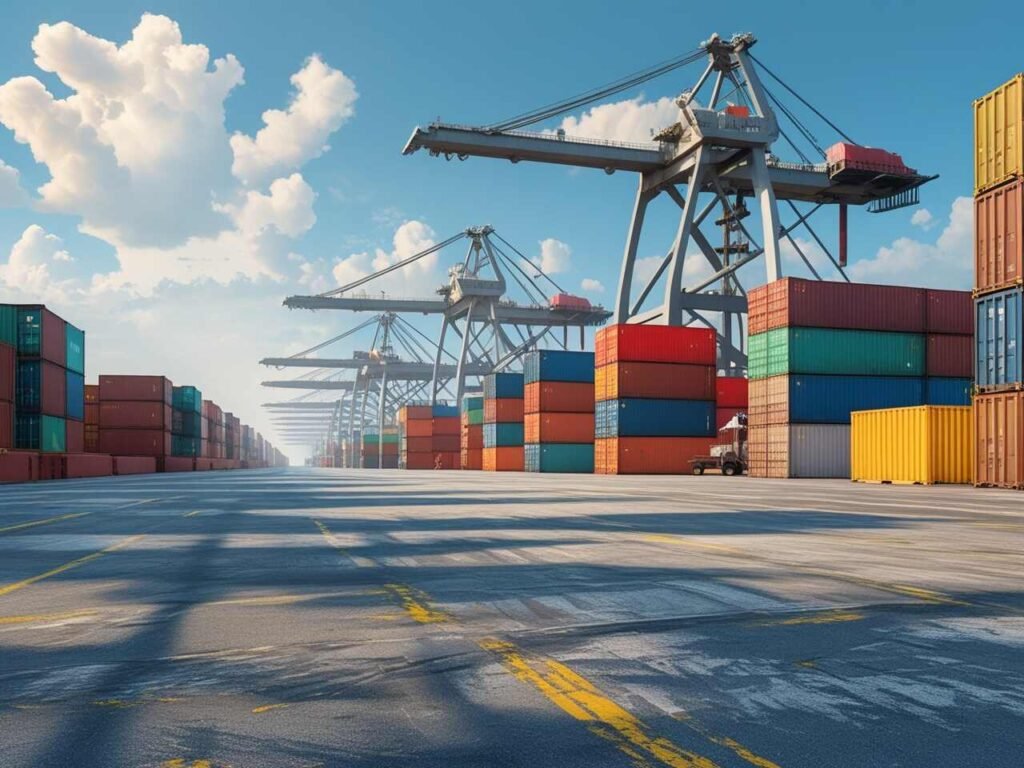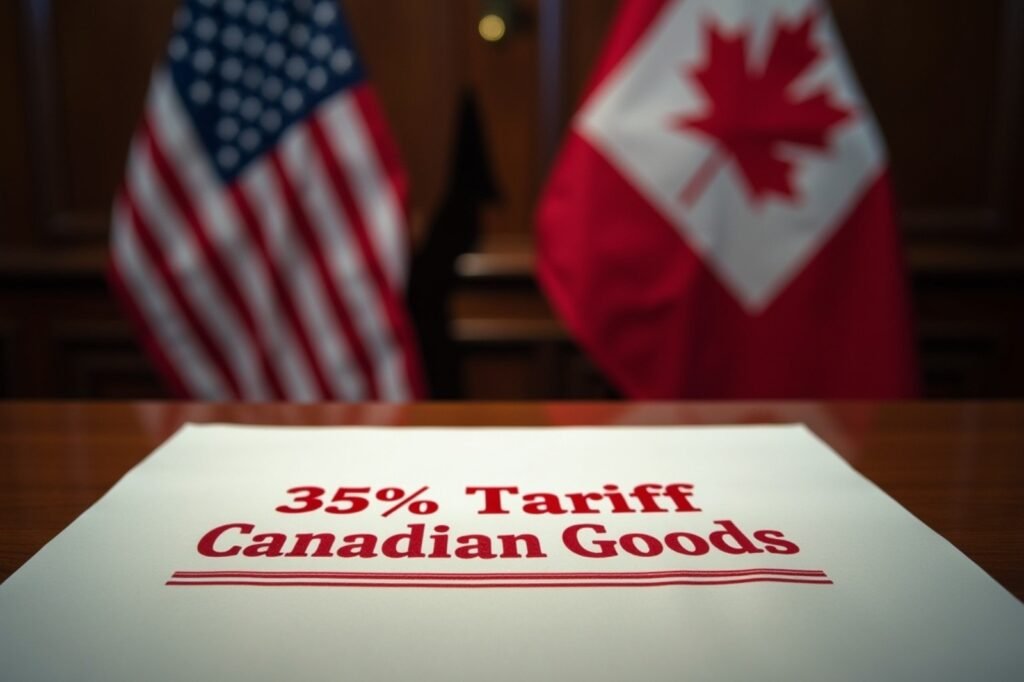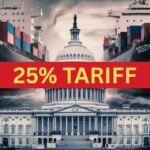- Home
- ScienceDiscover the latest updates from across the United States, including politics, culture, economy, and trending stories. Stay informed on the key events shaping the nation and the topics everyone’s talking about.
- EconomyOur Economy page provides comprehensive reporting on international financial systems, trade dynamics, development economics, and macroeconomic policy. Drawing on expert analysis and institutional data, we illuminate the interconnected nature of global markets and their real-world implications for governance and inequality.
- HealthWe examine global health issues through the lens of policy, access, equity, and innovation. From pandemics and healthcare infrastructure to mental health and biotechnological breakthroughs, our health reporting is rooted in empirical data, expert insight, and a commitment to understanding health as a cornerstone of human development.
- HistoryThis section revisits critical junctures in world history, emphasizing the relevance of historical events in shaping present-day global affairs. Through scholarly narratives and fact-anchored storytelling, we uncover the often-overlooked patterns, power structures, and human decisions that have left a lasting imprint on international relations and societies.
- PoliticsOur Politics section offers in-depth analysis of international political developments, ideological movements, and institutional shifts. With a focus on global governance, diplomacy, and geopolitical strategy, we provide nuanced reporting that transcends partisan narratives and situates events within their broader historical and structural contexts.
- War & ConflictThis section delivers meticulous coverage of international conflicts, civil wars, military strategies, and peace negotiations. We prioritize geopolitical context, long-term impact, and the role of state and non-state actors—eschewing sensationalism in favor of sober, historically informed analysis.
- TechnologyWe critically examine the global technology landscape—from artificial intelligence and cybersecurity to digital policy and ethical innovation. Our reporting focuses not just on what is being built, but why it matters: how technological change influences governance, economy, security, and human life on a planetary scale.
- Features
- Home
- ScienceDiscover the latest updates from across the United States, including politics, culture, economy, and trending stories. Stay informed on the key events shaping the nation and the topics everyone’s talking about.
- EconomyOur Economy page provides comprehensive reporting on international financial systems, trade dynamics, development economics, and macroeconomic policy. Drawing on expert analysis and institutional data, we illuminate the interconnected nature of global markets and their real-world implications for governance and inequality.
- HealthWe examine global health issues through the lens of policy, access, equity, and innovation. From pandemics and healthcare infrastructure to mental health and biotechnological breakthroughs, our health reporting is rooted in empirical data, expert insight, and a commitment to understanding health as a cornerstone of human development.
- HistoryThis section revisits critical junctures in world history, emphasizing the relevance of historical events in shaping present-day global affairs. Through scholarly narratives and fact-anchored storytelling, we uncover the often-overlooked patterns, power structures, and human decisions that have left a lasting imprint on international relations and societies.
- PoliticsOur Politics section offers in-depth analysis of international political developments, ideological movements, and institutional shifts. With a focus on global governance, diplomacy, and geopolitical strategy, we provide nuanced reporting that transcends partisan narratives and situates events within their broader historical and structural contexts.
- War & ConflictThis section delivers meticulous coverage of international conflicts, civil wars, military strategies, and peace negotiations. We prioritize geopolitical context, long-term impact, and the role of state and non-state actors—eschewing sensationalism in favor of sober, historically informed analysis.
- TechnologyWe critically examine the global technology landscape—from artificial intelligence and cybersecurity to digital policy and ethical innovation. Our reporting focuses not just on what is being built, but why it matters: how technological change influences governance, economy, security, and human life on a planetary scale.
- Features
Now Reading: Trade Surprise: Why Is the EU Investing $600B in the US?
-
01
Trade Surprise: Why Is the EU Investing $600B in the US?
- Home//
- Science//Discover the latest updates from across the United States, including politics, culture, economy, and trending stories. Stay informed on the key events shaping the nation and the topics everyone’s talking about.
- Economy//Our Economy page provides comprehensive reporting on international financial systems, trade dynamics, development economics, and macroeconomic policy. Drawing on expert analysis and institutional data, we illuminate the interconnected nature of global markets and their real-world implications for governance and inequality.
- Health//We examine global health issues through the lens of policy, access, equity, and innovation. From pandemics and healthcare infrastructure to mental health and biotechnological breakthroughs, our health reporting is rooted in empirical data, expert insight, and a commitment to understanding health as a cornerstone of human development.
- History//This section revisits critical junctures in world history, emphasizing the relevance of historical events in shaping present-day global affairs. Through scholarly narratives and fact-anchored storytelling, we uncover the often-overlooked patterns, power structures, and human decisions that have left a lasting imprint on international relations and societies.
- Politics//Our Politics section offers in-depth analysis of international political developments, ideological movements, and institutional shifts. With a focus on global governance, diplomacy, and geopolitical strategy, we provide nuanced reporting that transcends partisan narratives and situates events within their broader historical and structural contexts.
- War & Conflict//This section delivers meticulous coverage of international conflicts, civil wars, military strategies, and peace negotiations. We prioritize geopolitical context, long-term impact, and the role of state and non-state actors—eschewing sensationalism in favor of sober, historically informed analysis.
- Technology//We critically examine the global technology landscape—from artificial intelligence and cybersecurity to digital policy and ethical innovation. Our reporting focuses not just on what is being built, but why it matters: how technological change influences governance, economy, security, and human life on a planetary scale.
- Features//
Trade Surprise: Why Is the EU Investing $600B in the US?
Jhon SmithEconomyJuly 28, 202520 Views

On July 27, the EU and the US announced a breakthrough trade deal that averts a looming tariff war. The agreement sets a 15% import tariff on most EU exports to the US, down from the threatened 30% or higher. In return, the EU pledges around $600 billion in investment in the US and an additional $750 billion in energy purchases. This framework deal aims to calm global markets and reshape transatlantic trade.
EU Faces 15% Tariff
The EU will now face a 15% tariff on most goods shipped to the US, a dramatic step down from the earlier threats of up to 30% or even 50% tariffs. Key products such as cars, semiconductors, and pharmaceuticals are included, though certain strategic sectors—like aircraft, chemicals, generic drugs, and raw materials—enjoy zero‑tariff terms under the “zero‑for‑zero” clause (Reuters, AP News).
Importantly, US tariffs on steel and aluminium will remain at 50%, although Brussels has proposed switching to a quota system pending further talks (The Guardian). The new structure reflects a rebalancing effort in the EU–US trade relationship, even as uncertainty lingers for some industries (Reuters, AP News).
$600 B Investment in US Market
Under the agreement, the European Union has pledged nearly $600 billion in investments across various sectors within the US. That includes funding into energy, defence, infrastructure, and industrial projects. Additionally, the EU will buy $750 billion worth of US energy products, including liquified natural gas, oil, and semiconductors over coming years (Reuters).
This scale of investment aims to balance trade flows and assure US markets. European Commission President Ursula von der Leyen called the agreement a step toward greater stability and consistency, though some analysts believe such large commitments could put pressure on the EU’s financial plans and global trade priorities (The Guardian, AP News).
EU–US Deal Brings Investor Calm
Financial markets reacted positively. Equity futures in Europe and the US rose sharply following the deal, while the euro edged higher. Analysts noted the agreement removed a key downside risk and framed it as a signal that trade diplomacy, not confrontation, is resuming (Reuters).
That said, many analysts remain cautious. They warn of likely inflationary effects on consumer goods in the US, and negative impacts on EU exporters, especially German carmakers and chemical producers (AP News). The details remain vague: enforcement mechanisms, timing, and industry exemptions require further negotiation and formal ratification by EU member states (The Guardian).
US Leverages Tariff
From the US side, this deal represents a significant political win. President Trump called it the “biggest deal ever made.” He praised the zero‑tariff openings on US exports and the high rates on EU goods as fair compensation (The Fulcrum).
The US retains room to raise tariffs if the EU does not meet its investment or purchasing targets. Observers suggest the deal mimics an earlier US–Japan pact, reinforcing a broader protectionist yet incentive‑driven trade strategy by the US administration (Reuters, Business Insider).
Officials in the US emphasise this framework avoids a trade war without granting EU businesses the full minimal tariff access they sought. The outcome is asymmetric—favouring US leverage in future negotiation rounds (The Guardian, The Fulcrum).
From the start of intense talks in Scotland, both parties pushed hard to avoid an August deadline. As negotiations concluded, the EU accepted a tariff rate still well above pre‑Trump levels—when US tariffs averaged around 1% on EU imports before the trade escalation began (Hindustan Times).
Moving forward, EU industries and governments must examine sector‑specific impacts. At the same time, American industries are anticipating the arrival of agreed energy and defense supplies, though the agreement still raises important concerns about how it will be implemented and monitored in practice.
Related Posts
EconomyAugust 1, 2025
Tariff on India: US Move May Raise Global Prices
EconomyJuly 23, 2025
Tariffs War Neutralized: US-Japan Step In
EconomyJuly 11, 2025
Trump Threatens 35% Tariff on Canadian Goods






























